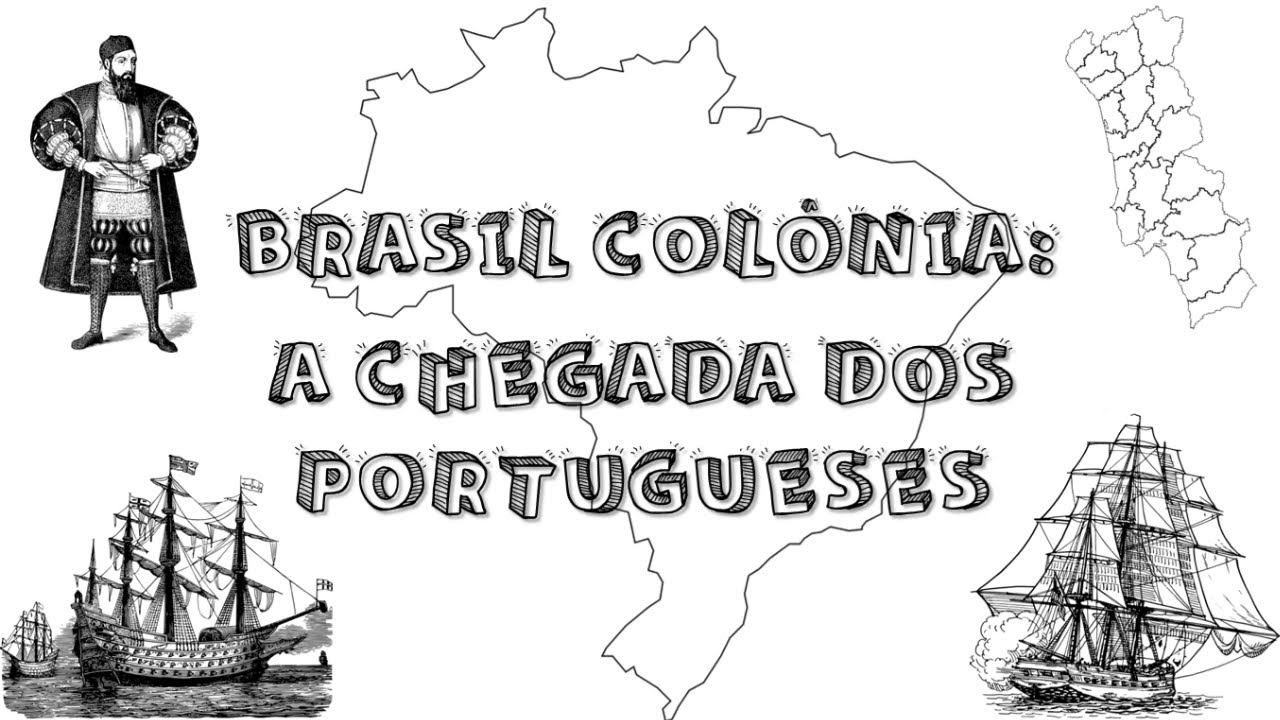Bab I Ekspedisi Spanyol Ke Nusantara
Summary
TLDRThe script discusses the Spanish expeditions to the New World, spurred by the success of the Portuguese in finding a route to India. In 1492, Spain funded Christopher Columbus's voyage, which led to the discovery of the Americas, mistakenly thought to be India. This sparked conflicts with Portugal, which were later resolved by the Treaty of Tordesillas in 1494, dividing the non-European world into exclusive spheres for Spain and Portugal. Further explorations by Ferdinand Magellan in 1509 resulted in a westward journey across the Atlantic, around the southern tip of the Americas, and into the Pacific, eventually reaching the Philippines, where Magellan died in 1521. The Spanish arrival in the Philippines caused tensions with Portugal, leading to the Treaty of Saragossa in 1529, which clarified the Tordesillas agreement and established Spanish control over the Philippines while Portugal maintained power in the Moluccas.
Takeaways
- 🏴☠️ The Spanish expedition was motivated by the success of the Portuguese and the desire to find an alternative route to India.
- 🛳 In 1492, Spain funded Christopher Columbus's expedition to find a new route to India.
- 🗺 Columbus landed in the Bahamas, mistakenly believing it to be India, and named the indigenous people 'Indians'.
- 🌐 Columbus's ambition to reach India led to conflicts with the Portuguese, which were resolved with the Treaty of Tordesillas in 1494.
- 📜 The Treaty of Tordesillas divided the world outside of Europe into two exclusive spheres for Spain and Portugal, with a meridian line at 49 degrees west.
- 📍 The eastern territory was assigned to Portugal, and the western to Spain, as per the Tordesillas agreement.
- 🚢 Spanish exploration continued with Ferdinand Magellan's voyage in 1509, following Columbus's route across the Atlantic.
- 🌊 Magellan's fleet sailed south, reached the southern tip of the American continent, known as the Strait of Magellan, and crossed into the Pacific Ocean.
- 🏝 Magellan landed on an island named Guam, continued to the Philippines, where he died in 1521 after a battle with local tribes.
- 🛑 The arrival of the Spanish in the Philippines disturbed the Portuguese, who accused Spain of violating the Treaty of Tordesillas.
- 🏛 The conflict was addressed through negotiations in Zaragoza in 1529, resulting in the Treaty of Zaragoza, which clarified the Tordesillas agreement and established the spheres of influence for both nations.
Q & A
What was the main motivation for the Spanish expedition to the New World?
-The main motivation for the Spanish expedition was to find an alternative route to India, spurred by the success of the Portuguese.
Who was the leader of the Spanish expedition that set sail in 1492?
-Christopher Columbus was the leader of the Spanish expedition in 1492.
What did Columbus mistakenly believe he had discovered when he landed in the Bahamas?
-Columbus mistakenly believed he had discovered India when he landed in the Bahamas.
What was the term Columbus used to refer to the indigenous people he encountered in the Americas?
-Columbus referred to the indigenous people he encountered as Indians.
What conflict arose between Spain and Portugal due to Columbus' ambitions?
-A conflict arose between Spain and Portugal over the territories discovered by Columbus, as both nations had interests in trade routes to India.
What was the name of the treaty that resolved the conflict between Spain and Portugal in 1494?
-The conflict was resolved with the Treaty of Tordesillas in 1494.
What was the main outcome of the Treaty of Tordesillas?
-The Treaty of Tordesillas divided the non-European world into two exclusive spheres of influence for Spain and Portugal, with a meridian line at 49 degrees west.
Who continued the Spanish exploration of the seas after Columbus?
-Ferdinand Magellan continued the Spanish exploration after Columbus, setting sail in 1509.
What significant location did Magellan's fleet reach on the western coast of the Americas?
-Magellan's fleet reached the Strait of Magellan, the southern tip of the Americas.
What was the final destination of Magellan's expedition before his death?
-Magellan's expedition reached the Philippines, where he died in 1521 after a conflict with local inhabitants.
What treaty was signed in 1529 to further clarify the division of territories between Spain and Portugal?
-The Treaty of Saragossa was signed in 1529 to clarify the division of territories and resolve further conflicts.
What was the outcome of the Treaty of Saragossa regarding the control of the Maluku Islands?
-According to the Treaty of Saragossa, Spain had to leave the Maluku Islands, and Portugal retained control over them.
Outlines

Esta sección está disponible solo para usuarios con suscripción. Por favor, mejora tu plan para acceder a esta parte.
Mejorar ahoraMindmap

Esta sección está disponible solo para usuarios con suscripción. Por favor, mejora tu plan para acceder a esta parte.
Mejorar ahoraKeywords

Esta sección está disponible solo para usuarios con suscripción. Por favor, mejora tu plan para acceder a esta parte.
Mejorar ahoraHighlights

Esta sección está disponible solo para usuarios con suscripción. Por favor, mejora tu plan para acceder a esta parte.
Mejorar ahoraTranscripts

Esta sección está disponible solo para usuarios con suscripción. Por favor, mejora tu plan para acceder a esta parte.
Mejorar ahoraVer Más Videos Relacionados

RANGKUMAN MATER "KEDATANGAN BANGSA BARAT KE INDONESIA" Kelas 8

EXPANSÃO MARÍTIMA E GRANDES NAVEGAÇÕES | Resumo de História para o Enem

Kedatangan Bangsa Penjelajah ke Nusantara yang berujung Penjajahan (Portugis dan Spanyol)

Virreinato del Perú

Grandes Navegações (resumo) | História

BRASIL COLÔNIA: A CHEGADA DOS PORTUGUESES
5.0 / 5 (0 votes)
